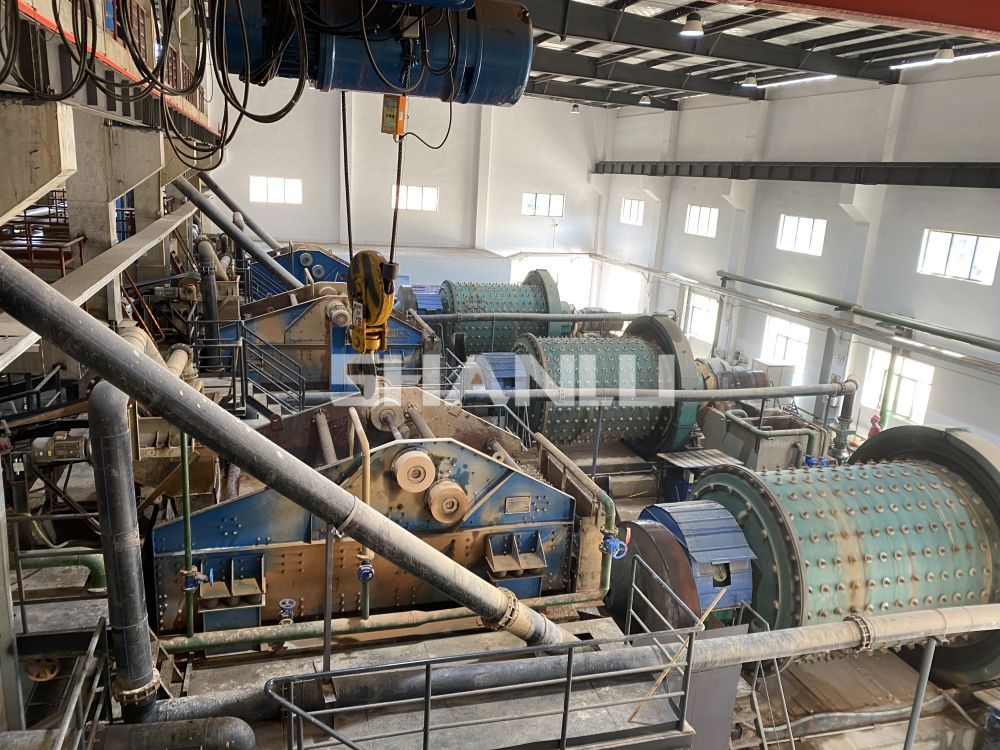The production efficiency and capacity of a quartz bar mill depends on a number of factors, including the equipment model, specifications, the technical level of the manufacturer, the grinding wheel used, the nature of the processed material and the experience of the operator. Therefore, it is difficult to give specific production efficiency and capacity values, and these values can vary greatly under different working conditions.

The assessment of productivity and capacity usually takes into account the following factors:
Grinding speed: Grinding speed is an important parameter of quartz sand mill, affecting the processing efficiency. Different machining tasks may require different grinding speeds.
Table feed speed: The feed speed is the speed of the table moving, affecting the speed of processing. High feed speeds can improve production efficiency, but it is necessary to ensure that the processing quality is not affected.
Processing materials: Different materials have different hardness and processing characteristics, so the efficiency of processing quartz, metal, ceramics and other materials may vary greatly.
Grinding wheel selection: The use of different types and specifications of grinding wheels can affect the efficiency and quality of processing.
Level of automation: CNC quartz bar mills with a higher level of automation generally have higher production efficiency because they are able to perform more complex operations without human intervention.
Operator experience: The operator's experience and skills also have a great impact on the performance and production efficiency of the quartz sand mill.
In practical applications, the manufacturer will usually provide the performance parameters of the equipment and the recommended production capacity. In order to obtain accurate production efficiency and capacity information, it is recommended to consult the equipment manufacturer or supplier directly and evaluate the actual production needs.